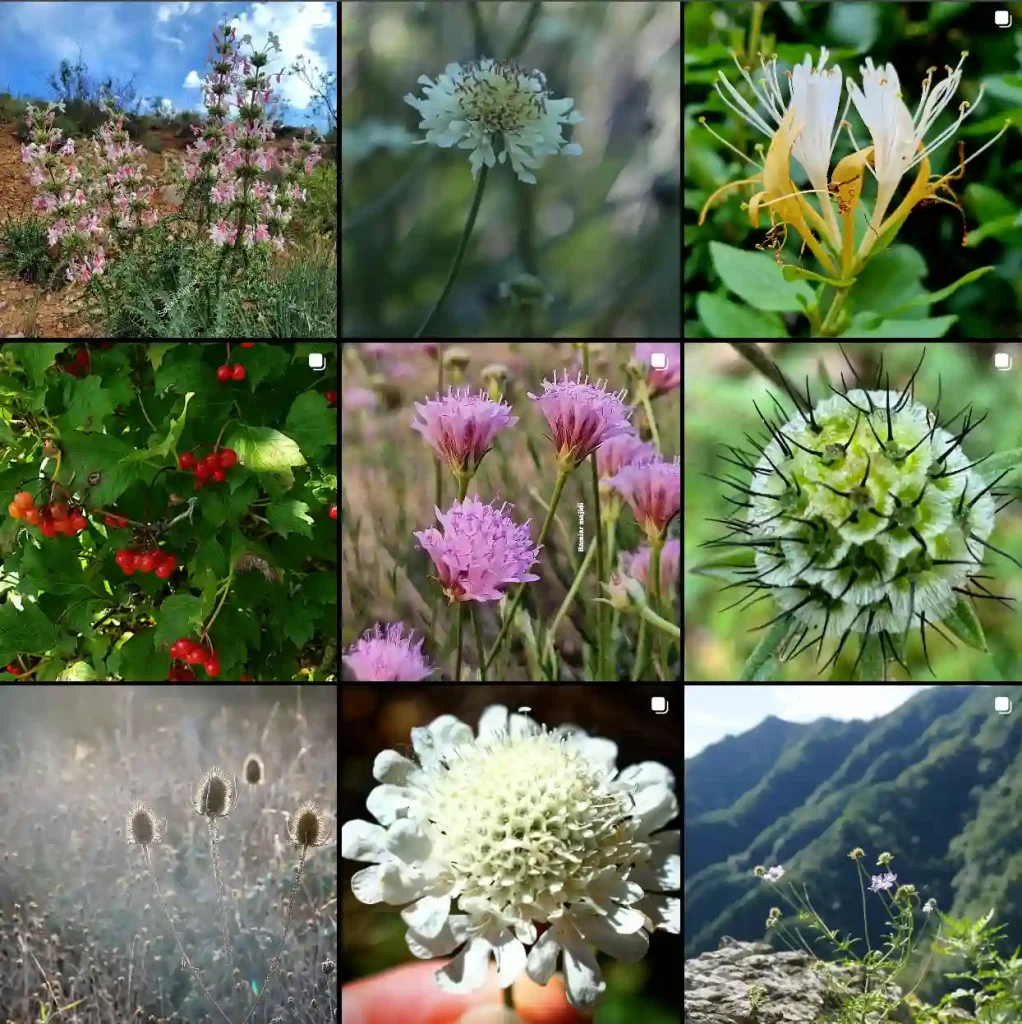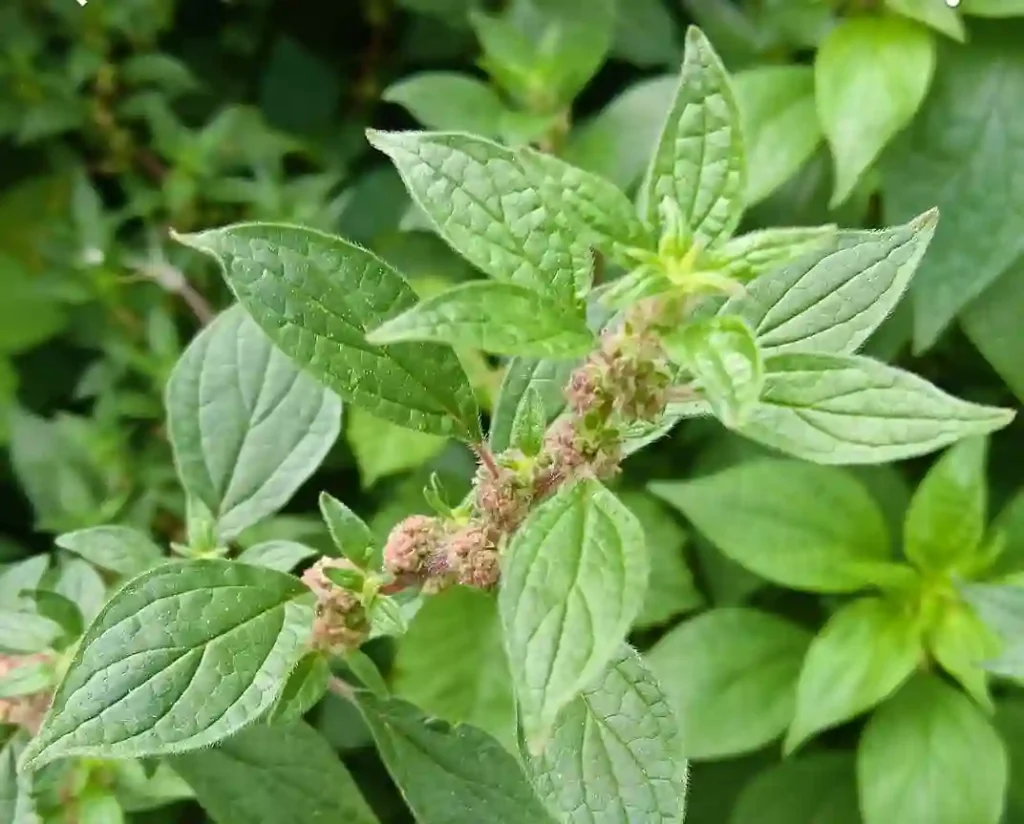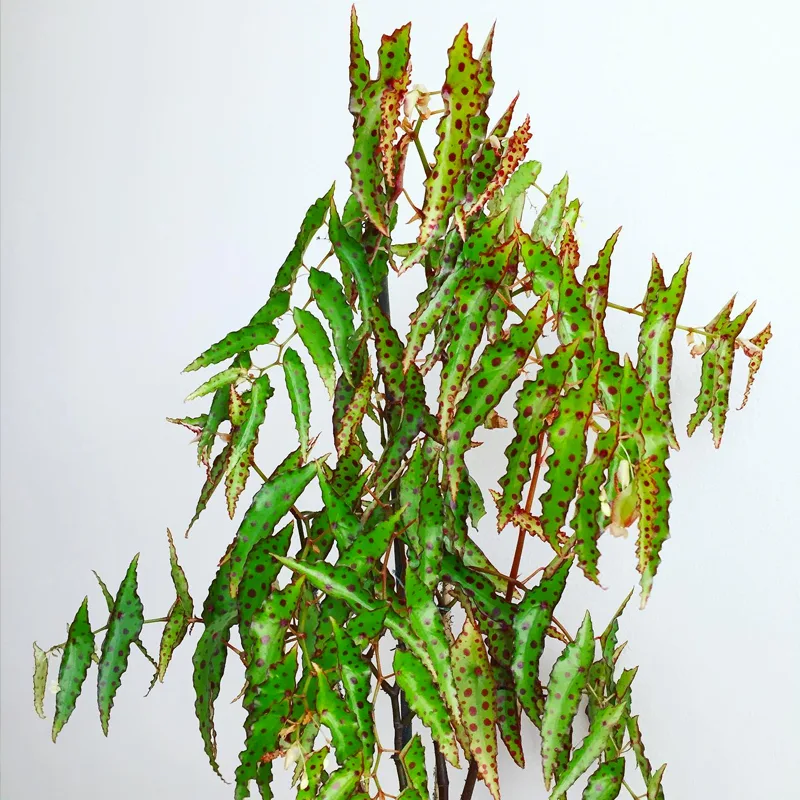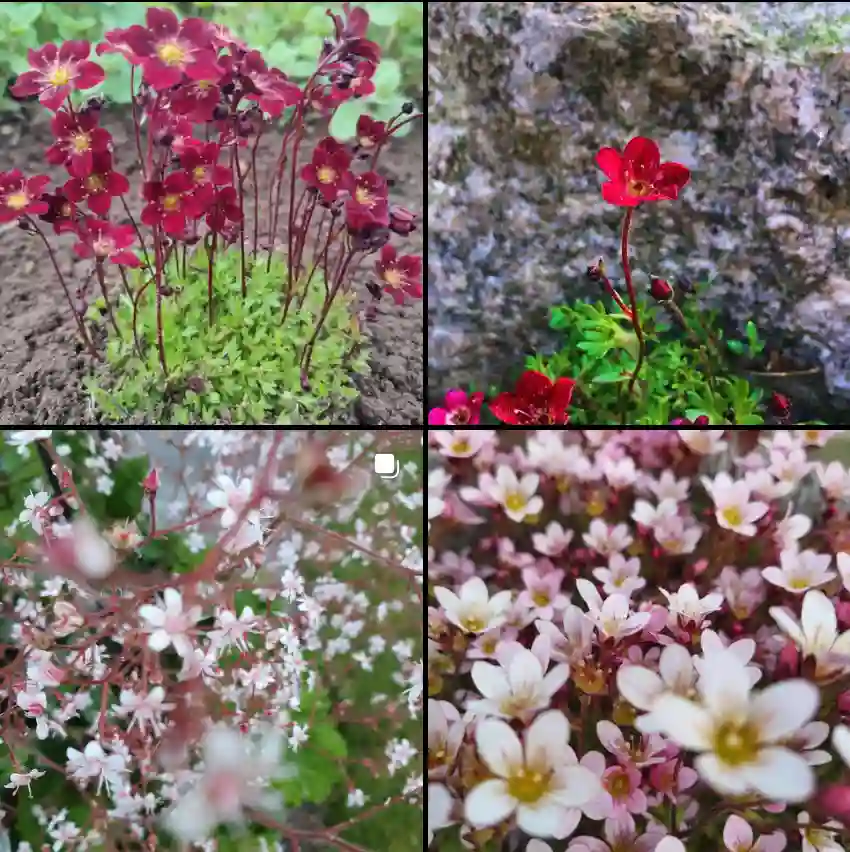FAQs About Amaranthus Hypochondriacus
Amaranthus Hypochondriacus is a fascinating plant that has found a special place in my garden. This ancient grain, often referred to as Prince’s Feather or simply Amaranth, has so much to offer. If you’re considering adding it to your garden or just curious about its characteristics, here are some frequently asked questions about this vibrant plant.
What is Amaranthus Hypochondriacus?
Amaranthus Hypochondriacus is a species of flowering plant in the Amaranthaceae family. Known for its strikingly vibrant red flowers and long, feathery plumes, it’s often grown for ornamental purposes. Beyond its beauty, this plant is also recognized for its edible seeds and leaves. It’s an ancient grain that has been cultivated for thousands of years, especially in Central and South America, for its nutritional value. The plant can grow up to 6 feet tall, making it a stunning addition to any garden landscape.
Plant Family: 184 Genera in Amaranthaceae
How to Care for Amaranthus Hypochondriacus?
Taking care of Amaranthus Hypochondriacus is relatively easy, which makes it a favorite for both novice and experienced gardeners. Here’s what you need to know:
- Sunlight: This plant thrives in full sunlight. Make sure it gets at least 6 to 8 hours of direct sun each day. Without enough sunlight, it may not bloom as vibrantly.
- Soil: Amaranthus Hypochondriacus prefers well-drained, loamy soil with a neutral to slightly acidic pH. While it can tolerate poorer soil conditions, providing rich, fertile soil will result in healthier plants.
- Watering: While young, water the plants regularly to help establish a deep root system. Once established, they are drought-tolerant. Overwatering should be avoided as it can lead to root rot.
- Fertilization: This plant isn’t a heavy feeder, but adding a balanced fertilizer once during the growing season can enhance its growth and flower production.
How to Propagate Amaranthus Hypochondriacus?
Propagating Amaranthus Hypochondriacus is straightforward, as it is typically grown from seeds. Here’s a step-by-step guide:
- Seed Collection: After the flowering season, the plant produces tiny seeds. Collect these seeds once they have matured and dried on the plant.
- Sowing Seeds: Sow the seeds directly into the garden soil in early spring, once the risk of frost has passed. You can also start them indoors a few weeks before the last frost date.
- Germination: Keep the soil moist until the seeds germinate, which usually takes about 10-14 days. Thin the seedlings to about 10-12 inches apart to give each plant enough room to grow.
What to Plant with Amaranthus Hypochondriacus?
Amaranthus Hypochondriacus pairs well with a variety of plants. Here are some great companion plants:
- Sunflowers: Both Amaranth and Sunflowers have similar sunlight and water requirements. They complement each other visually and can attract pollinators to your garden.
- Corn: As a traditional companion in Mesoamerican agriculture, corn provides a natural support for the amaranth, which can also help to shade the soil and retain moisture.
- Marigolds: These are great companions because they help repel pests that might otherwise affect Amaranth.
Is Amaranthus Hypochondriacus Toxic?
Amaranthus Hypochondriacus is not toxic to humans or pets. In fact, the seeds and leaves are edible and highly nutritious. They are rich in protein, vitamins, and minerals. However, it is essential to note that some species of Amaranth can accumulate nitrates, which may be harmful in large quantities, especially to livestock. Always ensure proper identification and moderation when using it as food.
What Are the Benefits of Amaranthus Hypochondriacus?
There are numerous benefits to growing Amaranthus Hypochondriacus:
- Nutritional Value: The seeds are a great source of protein, fiber, and essential amino acids. They are gluten-free, making them an excellent option for those with gluten sensitivities.
- Medicinal Uses: Traditionally, parts of the plant have been used for various medicinal purposes, including treating respiratory and digestive issues.
- Ornamental Appeal: The vibrant red plumes of Amaranthus Hypochondriacus add a splash of color to any garden. They can be used in fresh or dried flower arrangements.
Common Problems with Amaranthus Hypochondriacus
While Amaranthus Hypochondriacus is relatively easy to grow, it can face a few issues:
- Pests: Aphids and flea beetles can sometimes attack the plant. Regular monitoring and using organic insecticidal soap can help keep these pests in check.
- Diseases: Root rot can occur if the soil is too wet. Ensure proper drainage and avoid overwatering to prevent this issue.
- Weeds: Young Amaranth plants can be outcompeted by weeds. Regular weeding and mulching can help manage weed growth.
How Does Amaranthus Hypochondriacus Compare to Other Similar Plants?
Amaranthus Hypochondriacus is often confused with other Amaranth species, such as Amaranthus Cruentus and Amaranthus Caudatus. Here’s a quick comparison:
- Amaranthus Cruentus: Similar in appearance, but typically has deeper red flowers. It is also grown for its seeds and leaves.
- Amaranthus Caudatus: Known as Love-Lies-Bleeding, it has long, drooping red flower tassels. While it shares the same genus, its ornamental use is more common than as a grain.
Both species have similar growing requirements and can be cultivated alongside Amaranthus Hypochondriacus without issues.
Conclusion
Amaranthus Hypochondriacus is a versatile and beautiful plant that can serve as both a food source and a striking ornamental feature. Its ease of care, coupled with its nutritional benefits, makes it a fantastic addition to any garden. Whether you are an experienced gardener or a beginner, this plant will surely bring color and life to your space.
If i die, water my plants!



